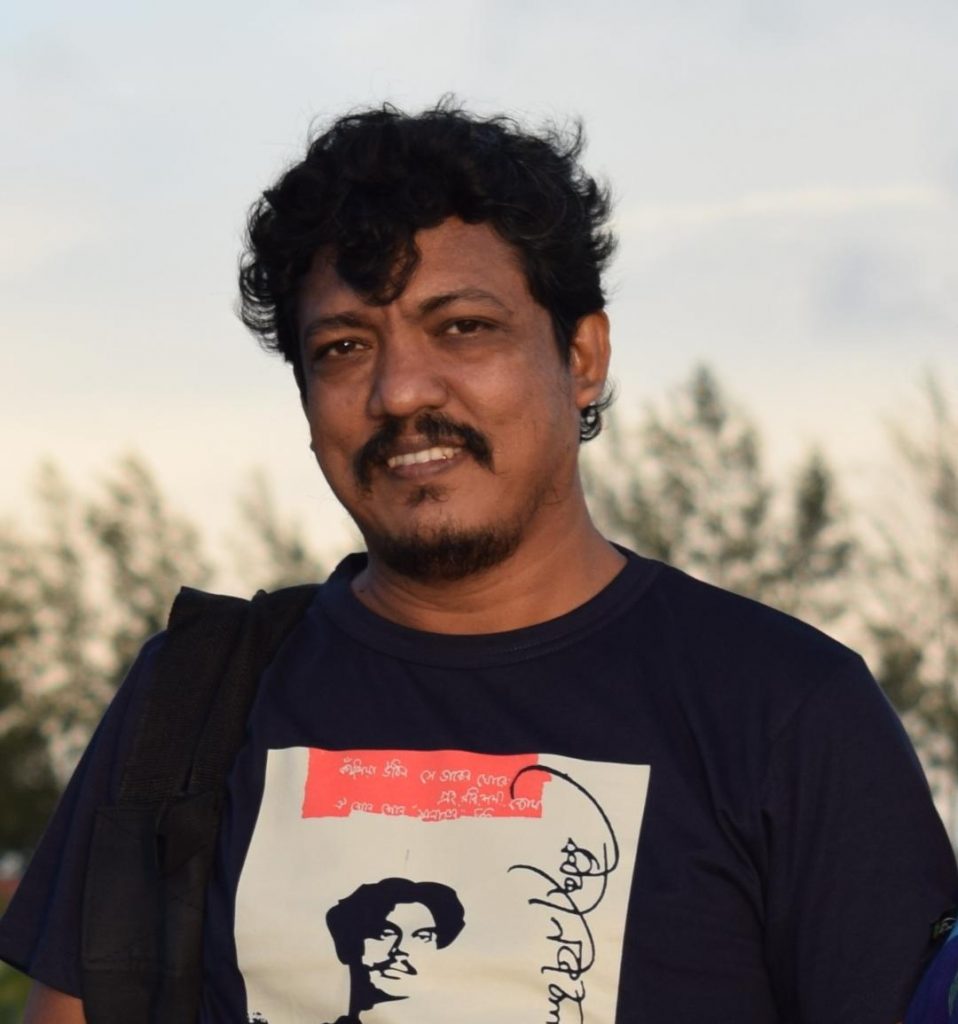Chapter 24: Climate Change, Climate Justice, and Human Rights
CHAPTER 24: CLIMATE CHANGE, CLIMATE JUSTICE, AND HUMAN RIGHTS: A ROUNDTABLE
Companion Website by: Samuel Ellyson and Katelyn Bennett
TABLE OF CONTENTS:
- More About the Panelists
- Chapter Study Resources
- Chapter Summary
- General Resources
- Further Topics
- Contribute Resources!
MORE ABOUT THE PANELISTS:
CHAPTER STUDY RESOURCES:
USE THESE TO HELP FURTHER YOUR UNDERSTANDING OF THE CHAPTER!
CHAPTER SUMMARY:
Climate change is a global issue with devastating implications. Global warming, the increased temperature of the earth’s atmosphere, is largely caused by high amounts of greenhouse gases such as carbon dioxide and other pollutants collecting in the atmosphere and preventing the sun’s energy from reflecting back out into space. This causes the earth to heat up causing changes in climate which leads to wildfires, sinking cities, floods and hurricanes, increased levels of air pollution, lack of drinking water, and so on. It is natural for some greenhouse gases to exist in our atmosphere, but the level that we are seeing today is unprecedented. It is important to note that modern, industrialized society plays the most significant role in climate change with fossil fuels, factories, cars, and airplanes, factory farming and deforestation all contributing. The cascade of effects is not only deadly but violates human rights.
The World Health Organization (WHO) estimates that 9 of every 10 people worldwide inhale polluted air, and exposure to polluted air is accountable for 7 million deaths annually. Research has found that air pollution may lead to neurodegenerative and mental health consequences, as well. The heatwaves and droughts caused or worsened by global warming are affecting agriculture—subsistence farmers most harshly. Many countries are already food insecure and there are fears that global warming could “tip them over the edge” into famine.
Climate change has various direct connections to human rights and to say that climate change is a global problem does not mean that all are affected equally. As Goodhart (2016) states, “This ‘out of sight, out of mind’ perspective exemplifies, not ‘problem solution’, but rather ‘problem displacement’ the rich world effectively shipping the ecological costs of globalization to poorer countries” (415). From severe weather events to sea level rise, communities around the world who contribute the least to environmental degradation are the most impacted by the outcomes of climate change. “Hundreds of millions of poor, marginalized or otherwise disadvantaged people remain unusually vulnerable to economic shocks, rights violations, natural disasters, disease, conflict and environmental hazards” (UNDP 2014). With the amount of climate refugees soon surpassing refugees from wars, climate change will increasingly become an urgent, massive human rights without swift, extreme, and concrete actions.
GENERAL RESOURCES:
VIDEOS:
PODCASTS:
DOCUMENTS FROM INTERNATIONAL ORGANIZATIONS:
COURT CASES:
BOOKS/ARTICLES:
Books:
Humanity’s Last Stand by Mark Schuller
Human Rights and the Environment: Key Issues by Sumudu Atapattu and Andrea Schapper
RESOURCES FROM INTERNATIONAL/CLIMATE ORGANIZATIONS:
FURTHER RESOURCES:
FURTHER TOPICS:
CLIMATE CHANGE AND DISPLACEMENT:
Vulnerable and marginalized communities, such as refugees, are at a greater risk of their human rights being threatened as a result of climate change. According to the UNHCR, “extreme weather events linked to climate change displace approximately 23 million people each year.” Displaced peoples often already reside in climate change “hotspots,” and in 2018, the UNHCR Global Compact on Refugees recognized that, “climate, environmental degradation and disasters increasingly interact with the drivers of refugee movements.” Though this is recognized, the UNHCR does not endorse the term “climate refugee,” due to the definition of “refugee” under the 1951 Refugee Convention. Without extreme climate action and disaster risk reduction, it is estimated that climate-related disasters could “double the number of people requiring humanitarian assistance to over 200 million each year by 2050.”
VIDEOS:
DOCUMENTARIES:
RELATED NGOS:
UNITED NATIONS:
CLIMATE RESILIENCE:
As climate change impacts human rights across the globe, there must be a global effort to become resilient and mitigate these impacts. The Center for Climate and Energy Solutions defines ‘Climate Resilience’ as, “the ability to anticipate, prepare for, and respond to hazardous events, trends, or disturbances related to climate.” Resilience-building strategies are not “one size fits all,” as regions of the world are impacted by climate change in different and various ways.
UNITED NATIONS:
INDIGENOUS PEOPLE AND CLIMATE CHANGE:
Indigenous people, among other marginalized groups around the world, are some of the most disproportionately impacted peoples in the world in regards to climate change. Due to Indigenous relationships and livelihoods related to the environment and natural world, communities are ravished by the effects of climate change. Lack of resources increases along with the already existing issue of loss of land. Being that Indigenous land has historically been stolen from them and destroyed, climate change is making it worse.
BOOKS:
All Our Relations: Native Struggles for Land and Life by Winona LaDuke
As Long As Grass Grows: The Indigenous Fight for Environmental Justice, from Colonization to Standing Rock by Dina Gilio-Whitaker
UNITED NATIONS:
DISASTER CAPITALISM AS A HUMAN RIGHTS ISSUE:
Disaster capitalism is defined as the act of taking advantage of massive disasters such as economic collapse, war, natural disaster, or pandemics, for financial benefit. This often includes the adoption of liberal economic policies and exploitation of the shock that people experience during these disasters. Disaster capitalism is strategically exploitative and can impose outcomes such as massive increase in price of necessities such as hand sanitizer, gloves and masks during the start of the COVID-19 pandemic to the deeming of certain areas no dwell zones after natural disaster so that communities who originally lived in these areas can no longer reside there but the areas are opened up to black sand mining and ecotourism.
BOOKS:
The Shock Doctrine: The Rise of Disaster Capitalism by Naomi Klein
Standing in the Need: Culture, Comfort, and Coming Home After Katrina by Katherine E. Browne
CLIMATE CHANGE AND ACCESS TO WATER:
Water is a vital part of the life of flora, animals and people. Countries around the world are facing the challenge of efficiently using water resources. In the 21st century, there are still a huge number of cities and countries where there is not enough water for both drinking and sanitation. Global warming entails changes in the hydrological cycle: changes in the amount of precipitation; in the atmosphere increases water vapor content; the snow cover decreases and there is ice melting; and also there are changes in runoff and soil moisture.
ACADEMIC ARTICLES:
UNITED NATIONS:
CLIMATE CHANGE AND CONFLICT:
A large body of research indicates a strong link between climate and conflict in both developed and developing countries. The effects of climate change, such as changes in temperature and precipitation, can increase the likelihood and intensity of conflict and violence. Climate change itself may not directly lead to conflict, but creating tensions among people increases the risk of rising levels of armed conflict.
FURTHER RESOURCES:






